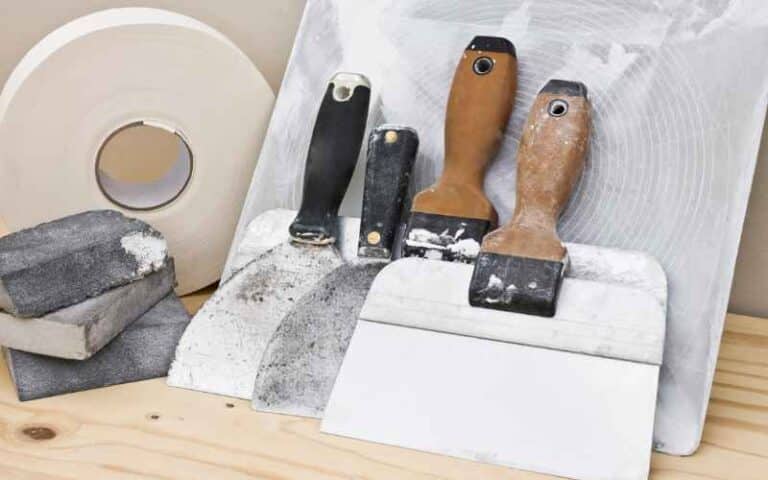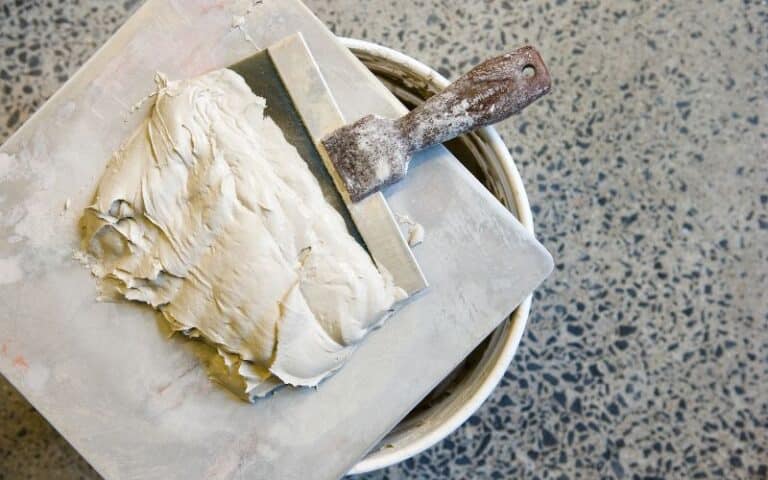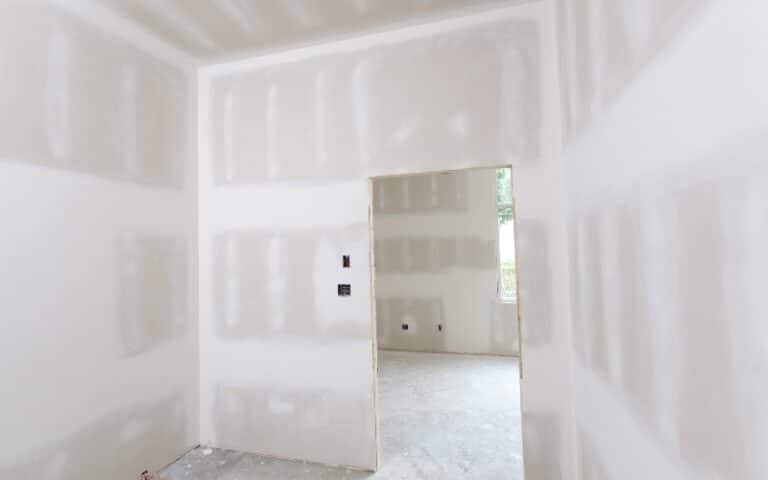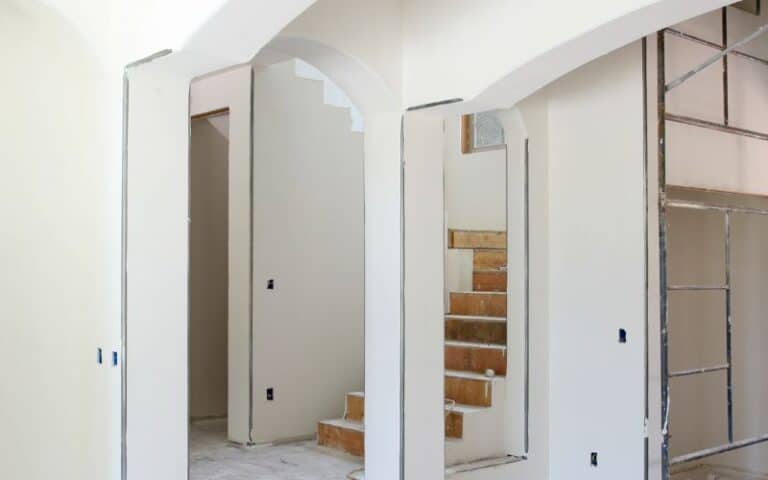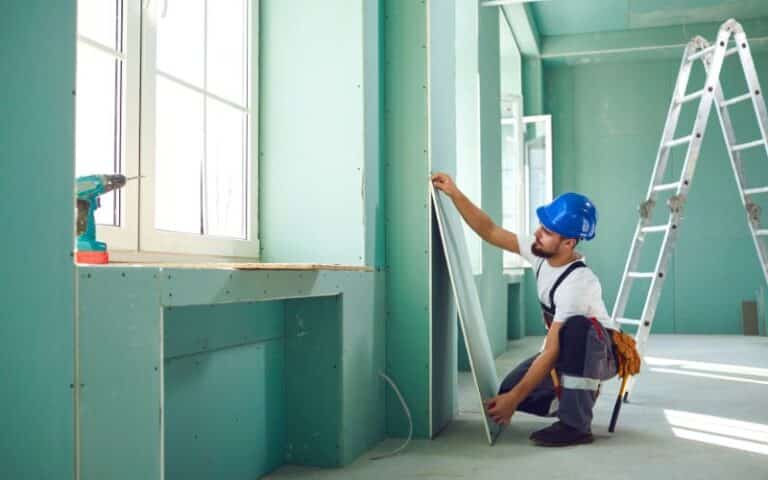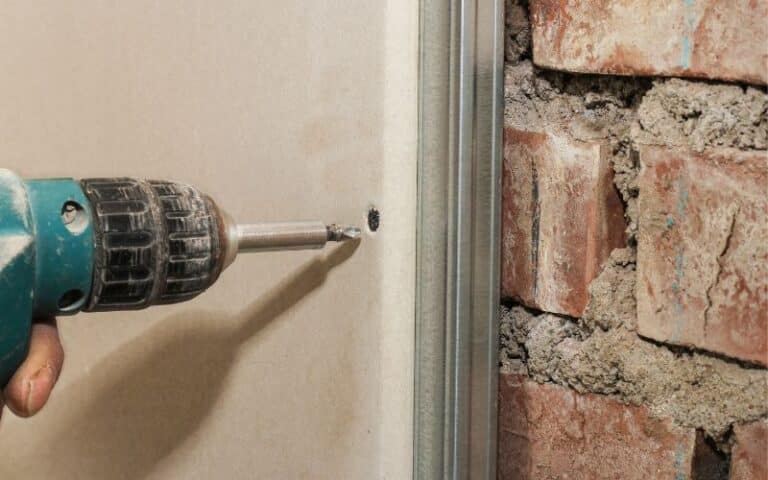Aquadefense is a substance that a company called Mactei made for waterproofing surfaces such as walls and floors.
Drywalls are surfaces in kitchens and bathrooms that frequently come in contact with moisture.
You might consider waterproofing the drywall in your kitchen or the toilet, and then you ask, can you use aquadefense on drywall?
Yes, you can use aquadefense on your drywall, but you shouldn’t use it. If you use aqua defense on a surface that gets frequent exposure to moisture, it will get damaged over time. If you wish to use aqua defense on your drywall, use a primer or a mapelastic kit along with it.
In this article, I’ll explain how to apply aquadefense on a surface and why you should not use aquadefense on the drywall in your bathroom.
Ready for a Drywall Quiz?
Can Aquadefense Stick to Drywall?
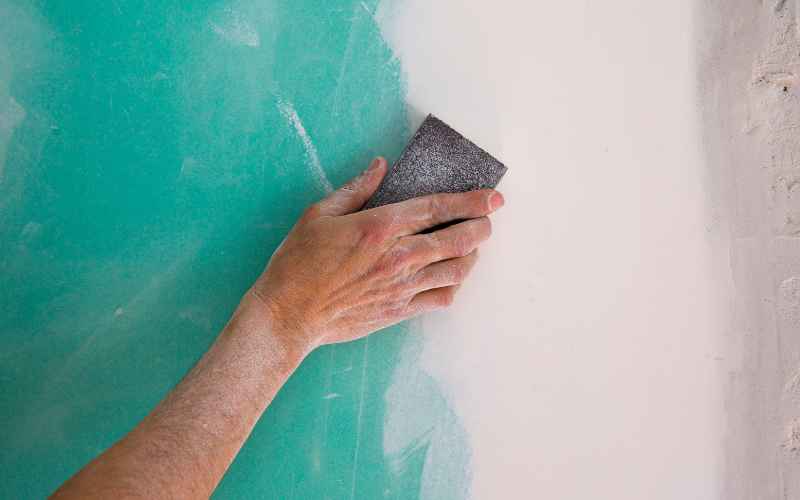
Yes, the aquadefense can stick to drywall. Aquadefense is in liquid form, so you can easily apply it on your drywall with a roller brush and leave it for some time to dry and stick properly.
However, it is not advisable to use aquadefense on drywall. Using aquadefense on drywall open to moisture, such as the one in the kitchen or bathroom, can damage it.
When moisture comes in contact with drywall that has aquadefense on it, the wall will get ruined quickly.
You can use aquadefense on concrete, cementitious screeds, and plasterboards.
You can also use aquadefense on cementitious render and screeds made with special binders such as Topcem, Topcem Pronto, and Mapecem.
If you insist on using aquadefense on your drywall, make sure to use a primer. A primer helps make a smooth surface for a waterproofing substance such as aquadefense.
The primer helps to prevent damage to the aquadefense by moisture. You can use a mapelistic kit as an alternative to waterproof your drywall.
The mapelastic kit contains aquadefense and Mapeband PE 120. The Mapeband PE 120 is made of polyester and PVC elastic and deformable.
Using the Mapeband PE 120 and the aquadefense together helps to provide your wall with a solid waterproof bond.
Does Aquadefense Need Primer to Stick to Drywall?
No, aquadefense does not need a primer to stick to drywall. The use of a primer is to make a smooth and even surface for a waterproofing substance.
Here are other advantages of using a primer on your wall:
- Primers help to restrict odors and stains.
- Primers help to cover up flaws on the wall.
- Primers make a surface available for the waterproof substance to stick on.
Mapei, the company that made aquadefense, made a kit called the mapelastic aquadefense tanking kit. The kit provides you with fast waterproofing on your drywall without priming.
The mapelastic kit contains aquadefense and Mapeband PE 120. The Mapeband PE 120 is made of polyester and PVC, elastic and deformable.
You can use Mapeband PE120 to waterproof the corners between adjacent walls. In addition, you create a powerful waterproof system when you use Mapeband PE 120 with aquadefense.
You can apply this kit on concrete, cementitious screed, and plasterboards.
You can also apply the kit on cementitious render and screeds made with special binders such as Topcem, Topcem Pronto, and Mapecem.
The mapelastic aquadefense kit is used on substrates well-cured, sound, and free of substances that can affect the bond.
Is It Okay to Use Aquadefense for Waterproofing Drywall?
To install aquadefense, you have to follow three essential steps which are:
- Substrate preparation
- Mixing Process
- Application Process
#1. Substrate Preparation
- The substrate you wish to use must be stable, structurally sound, and free of adhesion-preventing substances.
- Avoid using acid etching or stripping chemicals to prepare the substrates.
- If you use concrete substrates, ensure they have a concrete surface profile.
- The room temperature and the temperature of the substrate must be between 7 to 35 degrees at least 24 hours after application.
Here is a table to show the substrates suitable for the interior and exterior:
| Place to Use | Substrate Suitable |
|---|---|
| Interior | Cement back units, masonry walls of cement blocks/bricks, and cured cement mortar beds. |
| Exterior | Gypsum wallboard, properly prepared radiant-heated substrates and adequately prepared unglazed ceramic tile. |
#2. Mixing Process
- Choose suitable equipment before mixing and then use them.
- Stir the aquadefense before you use it.
#3. Application Process
Preheat the cracks, and control joints, corners, and wall intersections by doing the following:
- Apply the aquadefense (15cm) on each crack side, control joints, corners, and wall intersections.
- Let the aquadefense dry and produce a dark green color.
- The next thing to do is to apply the second coat and let it dry.
Preheat the drains by doing the following:
- Use joint expansion materials like foam backer rods and sealant to fill the space between the drain pipe and the substrate.
- If the drains have bolt-down collars and weep holes, loosen the bolts and remove them from the flange.
- Abrade the drain flange with sandpaper, then clean and dry it thoroughly.
- Apply a liberal coat over and around the drain flange using a paintbrush. Allow the coat to dry and produce a dark green color.
- Apply a second coat and how dry thoroughly.
- Apply urethane sealant or a bead of silicone around the drain flange. Make sure to do it at the drain throat to join the aquadefense to the drain assembly and leave no spaces.
- Bolt down the collar to the drain flange.
Preheat the openings around the pipes by doing the following:
- Use appropriate joint materials such as foam backer and sealant to fill the void between the drain pipe and substrate.
- Use a brush to apply the aquadefense around and up the wall.
- Let the coating of aquadefense dry and turn dark green.
- Apply another coat and allow it to dry thoroughly.
- Apply a bead of silicone or urethane sealant where the aquadefense ends on any penetration.
Complete the main area by doing the following:
- Apply a coat of aquadefense over your coated areas before using a 10 mm a roller.
- Allow the coat to dry and produce a dark green color.
- Apply another coat and let it dry thoroughly.
- The final thickness of the first coat should be between 20 to 30 mils, which should be the same for the second coating.
Can You Use Aquadefense for Bathroom Drywall?
Yes, you can use aquadefense on drywall. However, I don’t recommend you use aquadefense for your bathroom drywall because of the downside.
When you use aquadefense for high moisture areas, like bathroom drywall, it will eventually get damaged and is costly to repair.
If you wish to use aquadefense, use it only on concrete, cementitious screeds, and plasterboard.
You can also use aquadefense on or on drywall that does not frequently get moisture.
If you want the best result from aquadefense for a bathroom wall, use a primer before you apply a primer.
Before using the aquadefense or use a mapelastic aquadefense tanking kit. A primer helps make a smooth surface for the waterproofing substance such as aquadefense.
In addition, the primer helps to prevent damage to the aquadefense by moisture. The mapelastic kit contains aquadefense and male band PE 120.
The Mapeband PE 120 is made of polyester and PVC, elastic and deformable.
Using the male band PE 120 and the aquadefense together helps to provide your wall with a solid waterproof bond.

